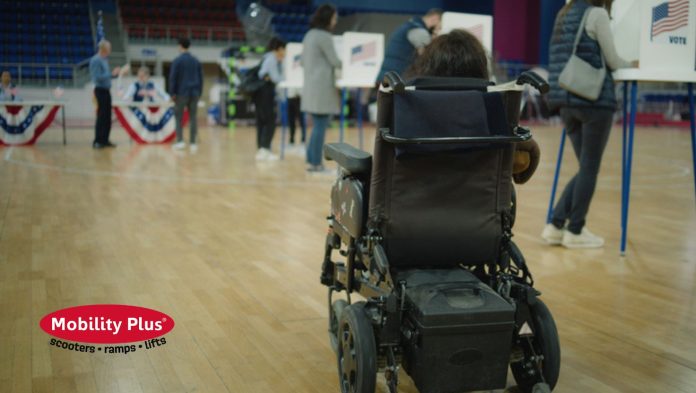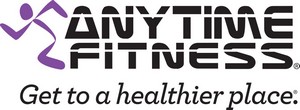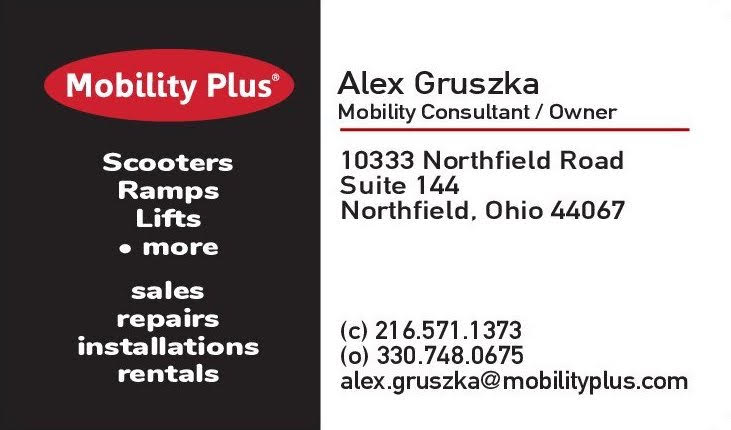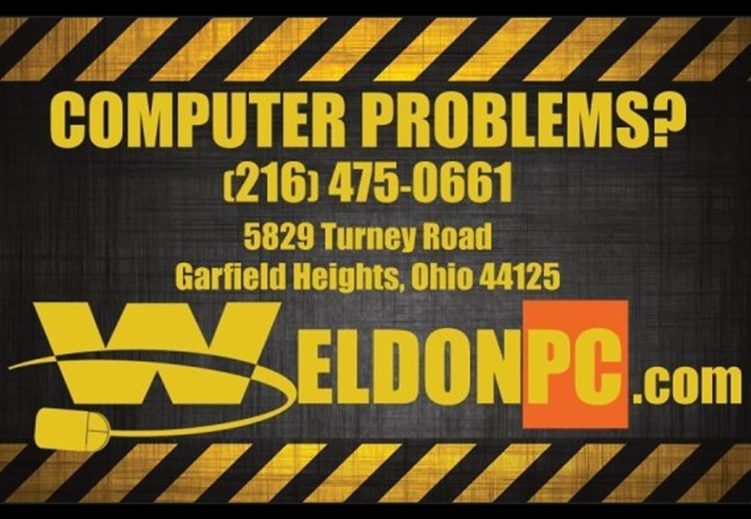Making your voice heard shouldn’t mean overcoming obstacles
Every election cycle brings renewed energy to communities across northeast Ohio. For residents who use wheelchairs, walkers, scooters, or other mobility equipment, casting a ballot represents more than civic duty – it’s an exercise in independence that federal law explicitly protects.
The right to vote belongs to all citizens, regardless of mobility challenges. Multiple federal laws ensure polling places accommodate voters with disabilities, yet many people remain uncertain about their rights or what to expect on Election Day.
Understanding these protections helps voters prepare and advocate for themselves when necessary.
Federal law requires polling places to meet specific accessibility standards. Entrances must be at least 32 inches wide. Parking spaces for people with disabilities should be available near accessible entrances. Pathways inside must allow wheelchairs and scooters to navigate freely. Voting stations need to be positioned so everyone can reach them comfortably.
Despite these requirements, accessibility challenges persist. A government study found that 60 percent of polling places had at least one impediment. Common problems include inadequate ramps, narrow doorways, high voting tables, and insufficient maneuvering space inside.
Voters who use mobility equipment have several options if their assigned polling place presents barriers. Many states offer curbside voting, where poll workers bring voting materials directly to a vehicle. This option eliminates the need to navigate potentially difficult terrain or tight spaces.
Absentee and mail-in voting provide another accessible alternative. Most states allow voters to request ballots by mail without requiring a specific reason. Some jurisdictions even offer electronic ballot marking systems that let voters complete ballots at home, then print and return them.
Planning ahead makes the voting experience smoother. Contact the local election office before Election Day to confirm the polling location has the necessary accommodations. Ask about accessible entrances, parking, and the availability of curbside voting if needed.
Poll workers receive training to assist voters with disabilities, though experiences vary by location. Voters have the legal right to bring someone to help them, except employers or union representatives. This person can assist with everything from navigating the space to marking the ballot.
For those who encounter problems at the polls, several resources offer support. Local election offices can address immediate concerns. The Department of Justice accepts reports of voting discrimination. State advocacy agencies provide assistance navigating accessibility issues.
Transportation can present another hurdle. Some communities offer rides to polling places through local organizations. Check with the election office or disability services organizations about available transportation resources.
The voting experience has improved over the past two decades as awareness has grown and technology has advanced. Accessible voting machines are now standard at polling places. Many locations have upgraded their physical spaces. Yet gaps remain, and voters sometimes need to advocate for their rights.
Knowing what to expect helps. Accessible parking should be clearly marked and close to the entrance. Signs should direct voters to accessible routes if the main entrance isn’t accessible. Inside, there should be enough space to maneuver mobility equipment comfortably. At least one voting machine must accommodate voters who cannot stand or who need assistive technology.
If these features aren’t available, speak up. Election officials are required to provide accommodations, and most want to ensure everyone can vote successfully.
Beyond the polling place, maintaining independence at home requires the right equipment and modifications. Mobility equipment can make the difference between staying in a beloved home and relocating to more accessible housing.
For residents considering ways to improve accessibility in their homes, Mobility Plus Northfield offers comprehensive consultations and professional installation services. Their team specializes in custom solutions designed to meet individual needs while enhancing home functionality and aesthetics.
Whether navigating stairs, accessing different levels of a home, or simply moving around more easily, the right mobility equipment supports the independence that makes participating in community life possible.
More information about Mobility Plus Northfield here: https://www.mobilityplus.com/northfieldoh/

























